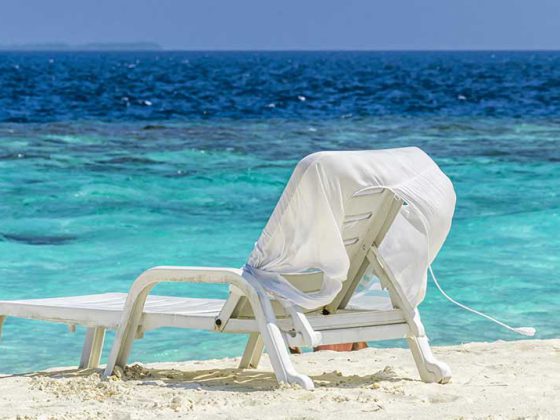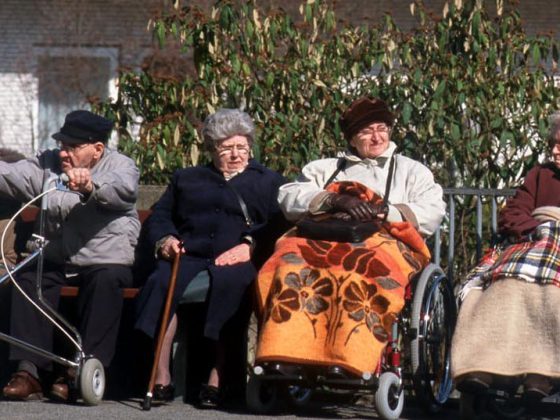Updates on the Scandinavian Candesartan Acute Stroke Trial (SCAST) were presented at this year’s European Stroke Conference in Nice. The results come in part from a long-term follow-up presented by Astrid G. Hornslien, MD, Oslo.
(ag) Elevated blood pressure is common in acute stroke and associated with worse short-term and long-term outcome. Therefore, we wanted to investigate whether the administration of an angiotensin receptor blocker would benefit patients with acute stroke and elevated blood pressure.
SCAST, an international randomized and placebo-controlled trial [1], failed to demonstrate a benefit of blood pressure therapy with candesartan in the acute phase of stroke after six months. The prespecified secondary analysis now presented was intended to clarify whether this was also true for the prolonged follow-up.
A total of 2029 patients with acute ischemic or hemorrhagic stroke and elevated systolic blood pressure (≥140 mmHg) were included in the study. They received either candesartan or placebo (with dose increases from 4 mg on the first day to 16 mg from the third to the seventh day) for seven days. For the 757 Swedish and Danish patients who participated in the study, data had now been collected from national hospital and death registries to find out the time to new stroke (hemorrhagic, ischemic), myocardial infarction, or vascular-related death. This follow-up included
three years since the date of inclusion in the study.
No additional benefit even in long-term follow-up
Of the 757 patients included, 733 (97%) could be evaluated for follow-up. Accordingly, there was sufficient data available here to generate results. The following results are relevant:
- There was no significant difference between the two study arms (placebo and candesartan) in the risk of myocardial infarction or vascular-related death (for both, p=0.98).
- They also found no significantly increased risk of recurrent stroke in the placebo group (p=0.70).
According to Astrid G. Hornslien, MD, Oslo, Norway, treatment with candesartan was therefore not associated with a lower risk of vascular events even at the three-year follow-up.
Do patients need less care?
Dr. Hornslien presented further results on this study in a poster session at the ESC. This time, the effects on activities of daily living and care intensity after six months were examined. Activities of daily living were categorized by Barthel Index into “dependence” (≤55 points), “assisted independence” (60-90), and “independence” (≥95). Care intensity was divided into the following categories: “Lives at home without public support,” “Lives at home with public support or in an institution for rehabilitation,” and “Lives in an institution for a long period of time or forever.”
Results: There were no significant differences for either day-to-day survival or intensity of care (p=0.44 and p=0.69, respectively). In the individual domains of daily life such as dressing, mobility, eating, etc., a negative trend was even found for candesartan, i.e. it performed worse compared with the control group.
So, according to Dr. Hornslien, no benefit of blood pressure reduction can be shown in these two areas either, which is consistent with the main results of the study. Thus, there is no indication for standard therapy with candesartan in the acute phase of stroke.
Source: 23rd European Stroke Conference, May 6-9, 2014, Nice.
Literature:
- Sandset EC, et al: The angiotensin-receptor blocker candesartan for treatment of acute stroke (SCAST): a randomised, placebo-controlled, double-blind trial. Lancet 2011 Feb 26; 377(9767): 741-750.
CONGRESS SPECIAL 2014; 5(2): 20-22











